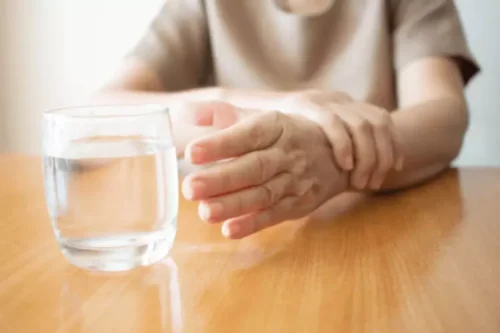
Also remember that symptoms of SUDs are often the same as symptoms of other physical diseases and mental disorders. You must rule out these other mental and physical disorders before making an SUD diagnosis. Consequences of substance misuse that might get clients to change (e.g., elevated blood pressure, worsening acid reflux symptoms, increased risk of falls). The most important parts of your full assessment are gathering information about the client’s substance use, mental health, physical health, and SUD treatment histories, as well as a listing of prescribed and OTC medications. Clients will feel safe sharing detailed information as their trust in you builds.
Tobacco Screening and Cessation
You can help clients discover their own reasons for wanting to change by talking about these mixed feelings and pointing out problem areas. Per SAMHSA, it is a clinical approach to helping clients make positive changes in their behavior. MI involves techniques like showing concern and empathy, avoiding arguing, and supporting substance abuse in older adults a client’s self-efficacy (a person’s belief that he or she can successfully make a change). This may mean giving a full diagnostic interview, perhaps at another appointment. Even if full diagnostic criteria are not met, the client may still benefit from treatment if symptoms are upsetting or interfere with daily living.
- Keep in mind that DSM-5 criteria should be interpreted in an age-appropriate manner.
- Behavioral health service and healthcare providers in any setting should screen older clients for substance misuse.
- Sex can be a risk factor for substance abuse, especially alcohol abuse, in older adults.
Alcohol Misuse Among the Elderly
- You can copy, modify, distribute and perform the work, even for commercial purposes, all without asking permission.
- If you’re worried about an older loved one’s use of alcohol or drugs, talk to them about it.
- In-home services and supports to facilitate completing ADLs and IADLs.
- Additionally, many older adults deal with chronic physical or mental health issues that substance use disorders can exacerbate.
Knowing what to do after screening is as important as knowing why and how to screen in the first place. Whether negative or positive, you should inform all clients of their screening results. Read further to learn the specific steps to take next, which will differ based on the client’s screening results. These include arthritis and pain medications, depression medications, blood thinners, antiseizure medications, and sleep medications. The SAMI330 is a five-item questionnaire for older adults who may engage in risky alcohol use. This questionnaire includes a checklist of symptoms and open-ended questions about alcohol use.331 A score of 1 or higher suggests problem alcohol use.

Clinical Guidelines When Opioid Misuse in Older Adults Is Suspected
Chapter 3 will be useful across settings in which these workers encounter older adults. No single service provider or setting is solely responsible for making sure older adults receive the substance use-related care they need. And buprenorphine, naloxone, and methadone are used in opiate, methamphetamine, and heroin use disorders. BZD use disorder, specifically, needs to be medically supervised with a slow taper spanning at least four weeks.3 See table 2 for more information about the pharmacologic treatment. The economic burden of alcohol abuse and alcoholism in the United States is staggering, particularly lost productivity. The graph below shows the economic costs of alcohol abuse and alcoholism.
Behavioral health service and healthcare providers in any setting should screen older clients for substance misuse. There is no “wrong door” through which older adults can arrive at the right diagnosis and care. Cannabis use by older adults is considerably more prevalent than other drugs. Among adults aged https://ecosoberhouse.com/ 50 years and older in 2012, 4.6 million reported past-year marijuana use, and less than one million reported cocaine, inhalants, hallucinogens, methamphetamine, and/or heroin use in the past year. Older adults may be more likely to experience mood disorders, lung and heart problems, or memory issues.
It’s essential for family members and health care providers to be aware of this risk factor so they can take steps to prevent it in their loved ones. According to Harvard University, older adults metabolize alcohol more slowly than younger people. This means that drugs can stay in their system longer and have a more significant effect. Additionally, their brains can be more sensitive to substances due to aging-related physical changes, such as decreased neurotransmitter levels or slowed metabolism. As a result, seniors are at an increased risk for developing substance use disorders and addiction-related behaviors like seeking out drugs despite negative consequences.
Treating Substance Use Disorder in Older Adults


